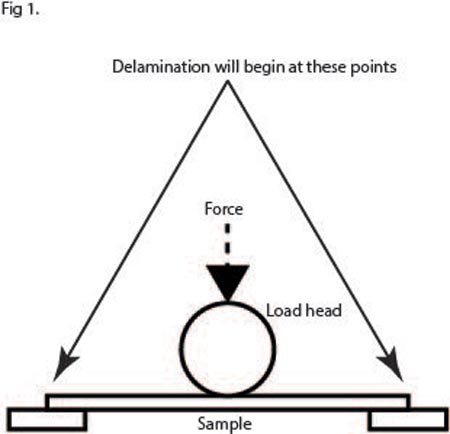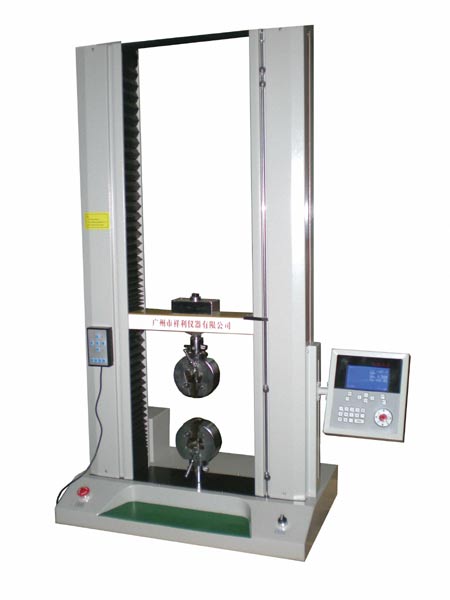Composite material testing: tensile, compression and crush.
Testing materials and components to ascertain their mechanical properties is vital in vehicle development, especially when it comes to composite components. After all, it is very difficult to build a part to withstand a set loading, and keep it as light as possible, if you do not know the precise properties of the materials being used.
These days, FEA simulation removes the need for a large amount of physical testing, but simulation packages still need data, and some people cannot afford software capable of modelling composite structures. Properties for metallic components can be readily found in the literature from suppliers, with variations being present depending on factors such as heat treatment. However, for composites the variation in mechanical performance relies on a far greater number of factors such as the number of plies used, resin density, resin type, orientation of fibres and so on. It is therefore often necessary to test specific combinations of fibres to ascertain the best construction method for a specific task, which is achieved in a number of ways.
The mechanical testing of composite structures to obtain parameters such as strength and elastic limits is a time-consuming and often difficult process, and can be somewhat simplified by the testing of simple structures such as flat coupons - small sections of the material in question. The data obtained from these tests can then be directly related with varying degrees of simplicity and accuracy to any structural shape.
The make-up of a test coupon usually consists of a central section, referred to as the 'gauge length', which is the area where failure is expected to take place, and two end sections where the coupon is clamped to the testing apparatus. For composites, the end pieces will often include aluminium tabs to prevent the composite being crushed by the test machine's grips. The surface of the test coupon also needs to be polished to remove surface flaws that could lead to stress risers and premature failure.
A coupon of this type can then be used for a basic tensile test, using standard equipment, the most common being the universal testing machine. This has two crossheads - one is adjusted for the length of the specimen and the other is driven to apply tension to the test specimen, and either hydraulic or electromagnetically powered machines are available. The test process involves placing the test specimen in the machine and applying tension to it until it fractures. During the process, the elongation of the gauge section is recorded against the applied force.
Basic tensile testing then is easy enough, but often a component will be subject to both tensile and compression forces and be asked to operate in shear. It is therefore often necessary to undertake testing to ascertain a specific lay-up's performance in shear, specifically the point at which the separate plies begin to delaminate. This is the point where the resin bonding the layers of fibres together fails, leading to the catastrophic failure of the part. It is this bond that is improved by processes such as autoclave treatment, which produces a far more homogenous material structure than would be possible otherwise.
There are many different types of shear test methodologies, but one of the most common for measuring shear delamination is the short-beam shear test [Fig. 1], where a small specimen (less than 30 mm long) is loaded in three-point bending until a delamination forms in the centre plane at one end of the specimen.
These are just a few examples of the many tests that can be carried out, but the results they can generate are invaluable in ascertaining the integrity of different composite construction techniques.

Fig.1 - A three-point short-beam shear test

Fig. 2 - A universal testing machine for tensile testing operations
Written by Lawrence Butcher